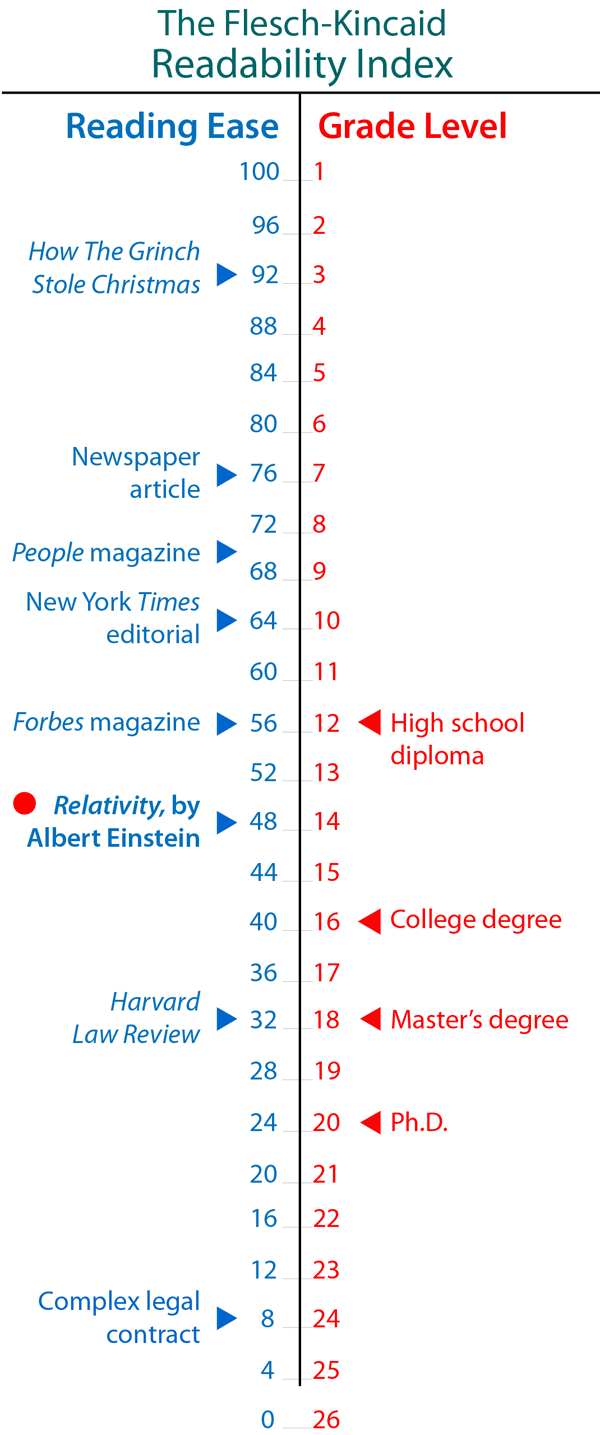


|
|||
|
I'm grateful to Espen Brunborg for explaining the New Way for me. So, who's writing the stuff? I'm looking for advice as to how a freelance copywriter can fit into the workflow these days. The designers tell me that they use whatever text the client supplies. Clients also assume that since the words are there on the page, they are somehow imprinted into the reader's mind without mental participation. The visitor is REQUIRED to read them. It's the reader's DUTY to figure out whatever the client writes. So clients don't care about making the text easy to read. They generate abstract and passive text that is difficult to read and difficult to understand. As a copywriter, my goal is to respect the visitor's time: condense the information into a succinct summation, and make sure it's worth the reader's time to actually read the stuff. My first duty is to the reader. An isle of stability in the foaming ocean of the web. I'm from the print era of brochures and magazine ads. A collateral guy. Amid all the whiz-bang of the web, the human eye and brain remain the same as in Gutenberg's day, although more highly attuned to the media now. We're swamped with video and audio and text and animations and movies. An infinite depth of some kind of clear substance. Social media is a frenzied clamor for attention, look at me! Look at me! Web designers have abdicated the responsibility for the communication of facts about your company. I learn about your company and what you want to say, and I write a first draft. My first drafts are always full of holes because I can't possibly know everything about your topic the way you do. After we review this draft, and point out fresh areas for me to study, I go back and produce a second draft. And this continues until I get it right. I present your statements in language stripped down to the essentials to make it easy for other people to understand. |
Previous posts: The technology of text Is your brochure easier to read than Einstein's "Relativity?" They expected me to copywrite ads for free. Is copywriting dead, or is it just me? 10 ways to make a visitor read the text on your web site. Clear, simple text for your company's site.
|
||
Most corporate brochures are lucky to break into the 30s on the Reading Ease scale. Thick, turgid stuff down into the teens is not uncommon. The corporate message is buried under a barrage of abstract and passive language. If people don't read it, it might as well not be there. If you're going to publish text about your company, you might as well make it readable. Otherwise, what's the point? I've been writing brochures for technical and industrial companies for thirty years. I know enough about science and engineering to have an idea of what the technology people are trying to say. I can reassemble their words into a coherent flowing structure. I take apart the verbiage and re-cast it in active and concrete terms that people can understand and remember. |
 |
||
|
|||